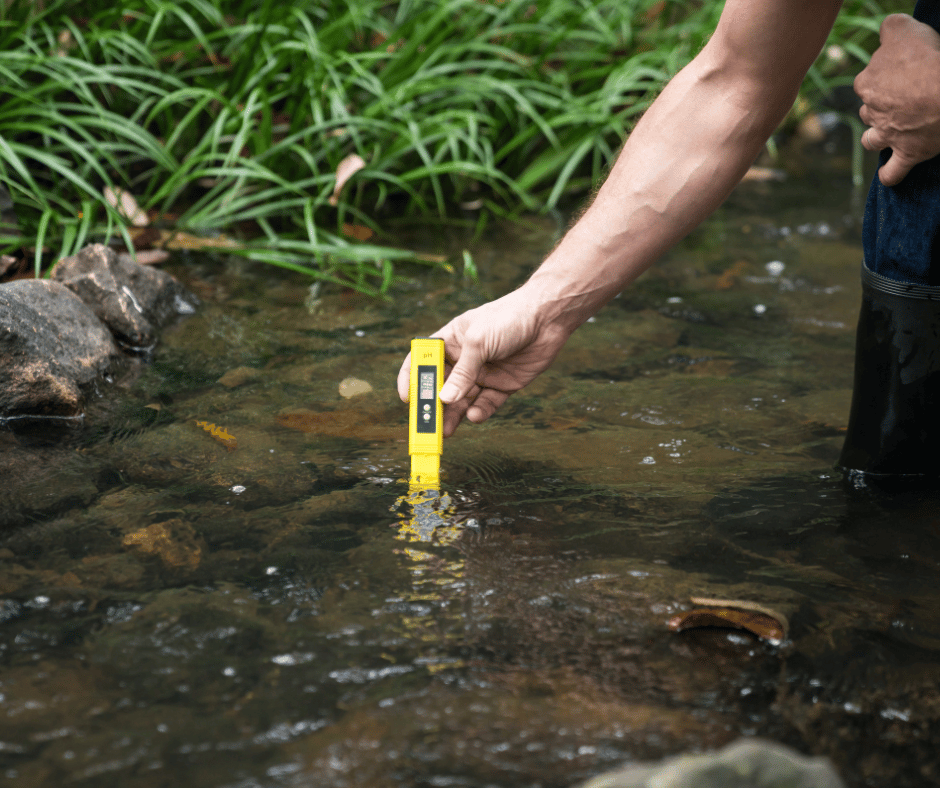Citizen science is an invaluable tool for environmental research and conservation. By engaging citizens in data collection, scientists can access vast amounts of data that would otherwise be impossible to obtain. This data can then be used to study changes in species populations, habitat loss, and other environmental trends. Citizen science also provides a platform for people from all backgrounds to participate in the process of scientific discovery and make meaningful contributions to our understanding of the environment.

In this article, we will explore how citizen science has been used in environmental research and conservation efforts around the world, as well as discuss its potential future applications.
We will also discuss the importance of engaging citizens in environmental research, and how it can help support science-based decision making. Finally, we will examine how citizen science projects are managed and what types of data they produce.
Citizen science has been used for a variety of environmental research projects including monitoring climate change, tracking invasive species, observing migration patterns, studying pollution levels, assessing natural resource usage, and much more. In many cases, this data is collected through online surveys or mobile apps which allow people to report their observations from anywhere in the world. This data is then aggregated and analyzed by scientists to gain valuable insights into our environment that would otherwise be impossible to obtain.
For example, eBird is a global citizen science project that collects data on bird sightings. By using a mobile app or website, people can report their observations of birds in their area which is then used to monitor population trends and threats to species populations.
Additionally, citizen science projects are also used to engage citizens in conservation efforts. Projects such as Student Puget Sound Study aim to educate students about local ecosystems while also collecting data on water quality and marine life. This type of project not only provides valuable research data but also helps build environmental awareness among the public.

Finally, citizen science can help support science-based decision making by allowing governments and organizations to access more accurate and up-to-date information about our environment. For example, The Nature Conservancy has launched a project called NatureNet which is a citizen science platform that collects data on climate change, biodiversity, land use, and other environmental issues. This type of information is invaluable for policy makers as it can help them make more informed decisions about how to best manage natural resources or create new laws.
Overall, citizen science provides an invaluable tool for environmental research and conservation efforts around the world. By engaging citizens in data collection, scientists can access vast amounts of data that would otherwise be impossible to obtain.
Additionally, this data can be used to support evidence-based decision making and engage citizens in conservation efforts. Therefore, the future potential of citizen science is enormous and the possibilities are limited only by our own imaginations.
